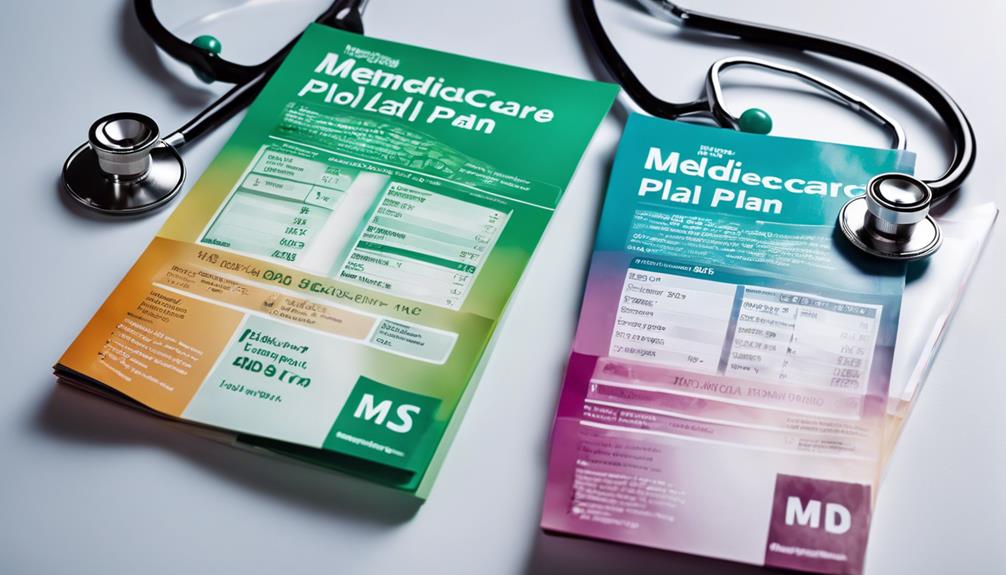The Medicaid Public Health Emergency (PHE) has been a focal point of discussion in healthcare policy, particularly during the ongoing challenges posed by the COVID-19 pandemic. This article will explore the implications of this emergency declaration, its impact on Medicaid beneficiaries, and how it shapes the future of healthcare in the United States.
What is the Medicaid Public Health Emergency?
The Medicaid Public Health Emergency refers to a significant declaration made by the federal government which allows state Medicaid programs to modify their operations and provide additional services to beneficiaries. Originally declared in response to the COVID-19 pandemic, this emergency status has enabled states to streamline processes, expand coverage, and ensure that vulnerable populations continue to receive necessary healthcare services. The PHE allows for increased flexibility in Medicaid policies, including the suspension of certain eligibility requirements and a temporary halt on disenrollment, ensuring that millions of Americans maintain their health coverage during challenging times.
The Importance of Medicaid During a Public Health Emergency
Medicaid plays a vital role in the U.S. healthcare system, particularly during a public health emergency. It provides essential health services to low-income individuals and families, including children, pregnant women, elderly individuals, and people with disabilities. During the COVID-19 pandemic, Medicaid has been crucial in facilitating access to testing, treatment, and vaccinations. The Public Health Emergency has allowed states to adapt their Medicaid services rapidly, ensuring that vulnerable populations receive timely care. This adaptability is essential during health crises when the need for medical services spikes dramatically.
How the Medicaid Public Health Emergency Affects Beneficiaries
Since the declaration of the Medicaid Public Health Emergency, beneficiaries have experienced several changes. One significant impact is the continuous coverage requirement, which prevents states from terminating Medicaid enrollment for eligible individuals during the emergency period. This policy has protected millions from losing their health insurance amid economic instability and job losses. Additionally, many states have expanded telehealth services, allowing beneficiaries to access healthcare providers remotely, thereby increasing convenience and reducing the risk of exposure to infectious diseases. These changes are critical in maintaining health equity and ensuring that all individuals have access to necessary medical care.
Challenges Faced by States in Administering Medicaid During the PHE
While the Medicaid Public Health Emergency has provided essential benefits, it has also presented challenges for state Medicaid programs. Managing an increased number of beneficiaries while ensuring compliance with federal guidelines has stretched resources thin. States have had to adapt quickly, often facing difficulties in maintaining the quality of service delivery. Moreover, as the public health emergency evolves, states are preparing for the eventual unwinding of the continuous coverage mandate, which could lead to a significant number of individuals losing their Medicaid coverage. This potential scenario raises concerns about access to healthcare and the ability of states to manage the transition effectively.
Future of Medicaid Post-Public Health Emergency
As the nation transitions out of the Medicaid Public Health Emergency, it is crucial to consider the long-term implications for the program. Policymakers are faced with the challenge of balancing fiscal responsibility with the need to provide continuous care for vulnerable populations. Potential changes may include a reevaluation of the expanded telehealth services that became popular during the PHE, as well as discussions around maintaining certain flexibility provisions that were implemented. Advocates are calling for permanent enhancements to Medicaid to ensure that the lessons learned during the pandemic are not lost and that access to essential services remains a priority.
The Role of Community Health Providers During the PHE
Community health providers have played an instrumental role during the Medicaid Public Health Emergency. These organizations often serve as the frontline of care for low-income individuals and families. With the increased demand for services, many community health clinics have adapted by providing mobile health units, expanding telehealth offerings, and implementing outreach programs to connect with those who may have fallen through the cracks. Their efforts are crucial in ensuring that Medicaid beneficiaries continue to receive comprehensive care, including preventive services, chronic disease management, and mental health support. Strengthening the relationship between Medicaid and community health providers will be vital in the post-PHE landscape to enhance health outcomes.
Key Takeaways and Action Steps for Medicaid Beneficiaries
For Medicaid beneficiaries, understanding the implications of the Public Health Emergency is essential for navigating their healthcare options. Beneficiaries should stay informed about their eligibility status and any changes to their coverage as the emergency unwinds. It is advisable to maintain regular communication with healthcare providers, particularly regarding any changes in service delivery methods. Additionally, beneficiaries should be aware of available resources to assist them in case of coverage loss, such as enrollment in the Health Insurance Marketplace or state-specific assistance programs. Staying proactive and informed will be crucial in ensuring continued access to healthcare.
Conclusion: The Lasting Impact of the Medicaid Public Health Emergency
The Medicaid Public Health Emergency has underscored the importance of a robust safety net for vulnerable populations in the United States. As the nation moves forward, the experiences gained during this period should inform future healthcare policies to ensure that all individuals have access to necessary services, regardless of their income or circumstances. The lessons learned from this emergency can drive improvements in the Medicaid program, enhance community health initiatives, and ultimately lead to a more equitable healthcare system. Understanding the dynamics of the Medicaid Public Health Emergency is not only essential for beneficiaries but also for policymakers, advocates, and healthcare providers working towards a healthier future for all.
By maintaining a focus on the evolving landscape of Medicaid and the implications of public health emergencies, we can ensure that healthcare remains accessible, equitable, and efficient for everyone who needs it.Who Health PolicyWhere Health Meets HappinessHow Medicaid Eligibility Is Determined
